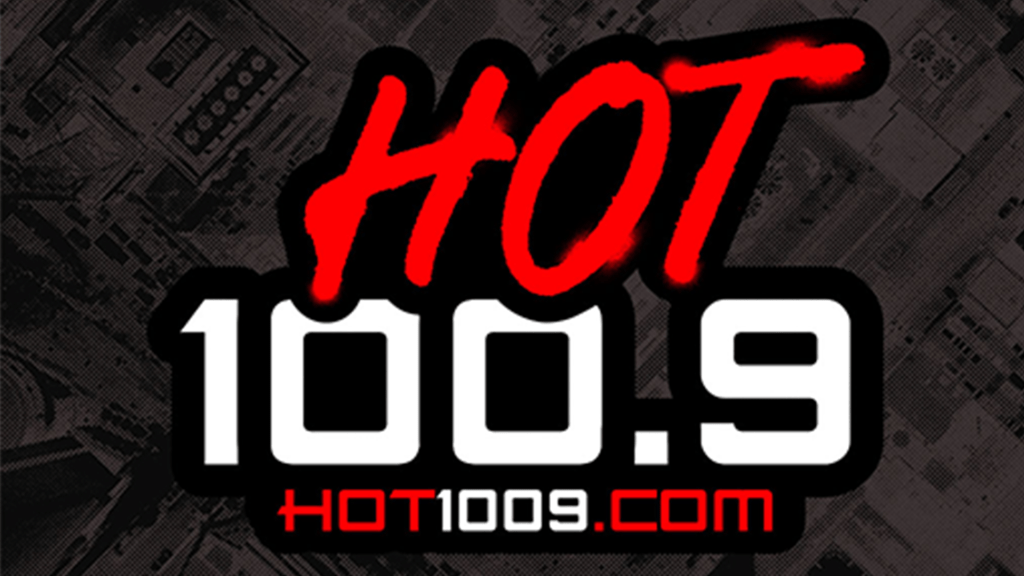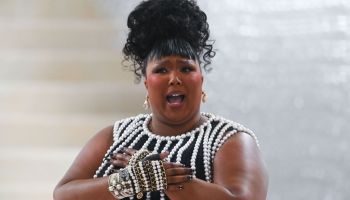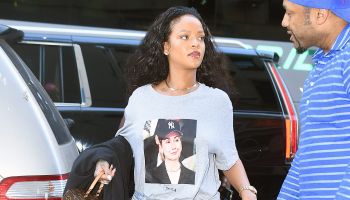by Rick Newman
Friday, January 8, 2010
Source: U.S. News
Shoppers revived at the end of 2009, opening their wallets a bit more than expected and sparing many retailers a second consecutive year of holiday gloom. An early survey by MasterCard suggests that sales in December rose by about 3.6 percent, after a ghastly decline in 2008. ThomsonReuters reports that same-store sales at 30 big retailers grew by 2.9 percent in December, beating a consensus forecast of 2 percent. More numbers coming out over the next couple weeks will refine the picture, but overall the retail numbers suggest that consumers are slowly regaining confidence, even if the economic recovery is tepid.
Still, the retail sector remains mired in a brutal shakeout. Online sales have been strong, benefiting sites like Amazon and Overstock. Not surprisingly, discounters like Costco and BJ’s have thrived. High-priced shops have struggled the most, while most department stores have muddled through. But there have also been a few exceptions to those rules, as some companies buck the trends with aggressive promotional tactics and others find that strategies that goosed sales before aren’t working now. Here are the best- and worst-performing retail chains, based on the ThomsonReuters survey (which doesn’t include Wal-Mart or online retailers):
STRONG PERFORMERS
TJX Companies (Decembers same-store sales: up 14 percent from 2008 levels). A stampede toward off-price merchandise lifted all four U.S. chains under the TJX umbrella–TJ Maxx, Marshall’s, AJ Wright and Home Goods–to sales gains near the top of their sector.
Ross Stores (up 12 percent). Sales boomed at this discount clothing chain even though it slashed inventories and cut back on its offerings. The company’s CEO said sales are “robust,” and raised earnings projections.
Aeropostale (up 10 percent). Teenagers are cutting back too, a boon for this clothing chain that offers simple styles for lower prices than competitors like Abercrombie. December sales set a company record.
Saks (up 9.9 percent). Few luxury chains can claim a sales surge, and Saks’s December sales got a boost from an annual promotion, usually held in November, that the company shifted one month later last year. Saks also benefited from easy comparisons to December 2008, when sales plunged nearly 20 percent, the biggest drop of any chain tracked by ThomsonReuters.
Costco (up 9 percent). This warehouse discounter is a natural destination in a recession, although much of its December sales increase was due to a rise in the price of gas, which Costco pumps at many of its outlets. Excluding gas, sales were up just 4 percent. Bulk sales, Costco’s specialty, may be losing popularity with consumers getting used to less of everything.
JW Nordstrom (7.4 percent). It’s still known as a pricey department store, but cheaper merchandise and the company’s Nordstrom Rack off-price chain helped notch sales results more akin to those of a discounter.
WEAK PERFORMERS
JC Penney (December same-store sales: down 3.8 percent from 2008 levels). This mid-market department store is caught between strapped consumers trading down to discount chains and recovering spenders looking for a more refined experience. Sales may not bounce back until the housing market stabilizes and unemployment recedes.
Wet Seal (down 4.6 percent). Like other retailers, this clothing and accessory chain for young women deliberately understocked toward the end of 2009, to avoid money-losing post-holiday clearance sales. The 4.6 percent sales drop is actually a better performance than analysts had expected.
American Apparel (down 5 percent). A 5 percent sales drop is a considerable improvement for this trendy L.A.-based clothier, since same-store sales in the prior quarter plunged by 16 percent. The company is working its way out of a heady expansion plan that left some stores competing with each other, driving down sales.
Dillard’s (down 7 percent). This department-store chain has been slashing costs to reverse steep losses, including cutbacks in advertising and the amount and variety of merchandise on the shelves. The 7 percent sales drop was a slightly better performance than analysts had expected.
Hot Topic (down 10.9 percent). This edgy chain, which sells music-inspired clothing and accessories targeted at teens, isn’t living up to its name. December sales came in worse than expected, dousing hopes some analysts had for an imminent recovery.
Abercrombie (down 19 percent). Once a must-have brand for teens, this fallen trendsetter is now a poster child for the woes of retail. Expensive merchandise has turned off price-sensitive shoppers, while unremarkable styles seem to have lost traction.
















